Are you a digital nomad dreaming of a tropical paradise where the sun kisses the sea and time seems to stand still?
Table of Contents
Discover Koh Lanta, a destination that draws tourists worldwide with its captivating beaches, abundant marine life, and relaxing vibe.
Key Highlights
- The ideal time to visit Koh Lanta for sun-seekers and adventure enthusiasts is from mid-December to early March, when the weather is most favorable for hot-weather activities like beach outings and swimming.
- Koh Lanta’s climate is divided into two main seasons. It is a warm destination year-round, with temperatures ranging between 25°C and 32°C. The peak tourist season aligns with the best weather conditions, particularly in the third week of January.
- For those looking to avoid crowds and enjoy the island’s tranquility, late April to June and September to November are less congested, albeit with unpredictable weather and occasional rainfall.
- The rainy season from May to October brings heavy rainfall, strong winds, and thunderstorms, making the sea rough; however, rains are typically short-lived and do not disrupt the day entirely. Transition periods between seasons can be uncertain, offering sunny and rainy days.
- Koh Lanta has a year-round tropical charm, but its peak season is mid-December to early March. Visiting during these months ensures the best climate for enjoying the island’s pristine beaches, vibrant underwater life, and serene beauty, making it a memorable and enjoyable experience for all travelers and digital nomads.
Best Time Of Year To Visit Koh Lanta
Our ultimate guide explores the core of Koh Lanta’s climate, identifying the best times of year for adventure-seeking digital nomads.
We’ll cover everything – from comprehending seasonal weather trends to learning about the advantages of visiting at different times of the year.
Whether you’re planning to dive into the crystal-clear waters, explore the lush greenery, or relax on the sandy shores, discovering the best time to visit Koh Lanta is your first step toward a magical getaway.
Let’s journey to uncover when this island paradise truly shines.
The Climate in Koh Lanta

Koh Lanta experiences a tropical climate with two main seasons: a hot and dry season (January to April) and a rainy season (May to December).
The temperatures vary between 25°C and 32°C, making it a warm destination regardless of the time of year.
The best time to visit Koh Lanta for hot-weather activities, such as beach outings and swimming, is from mid-December to early March, with the peak conditions occurring in the third week of January.
This period is also the peak tourist season, meaning the island can be pretty crowded, especially around the Christmas and New Year holidays.
If you prefer to avoid the crowds, late April to June and September to November might be better options. However, the weather can be unpredictable, with occasional rainfall and thunderstorms.
During the dry season, the weather in Koh Tao is generally pleasant. There is little to no rainfall, and the sea is calm and clear, making it ideal for water activities like snorkeling and diving.
However, from May to October, the rainy season brings heavy rainfall, strong winds, and thunderstorms, making the sea rough. Despite this, the rains are usually short-lived and do not last all day.
So, don’t worry; you can still continue with your nomadic adventure, with perhaps just a little bit of delay.
Koh Lanta’s weather during the transition periods between the seasons can be uncertain, with the possibility of dry weather extending into May.
Although monsoon winds might bring rainfall, it typically doesn’t last long, and the island remains humid.
However, storms during June and July can intensify, potentially causing disruptions.
Now, this is when you should be more worried. I suggest you hold off on your adventure plans until the storm passes.
What to Expect with the Weather in Koh Lanta
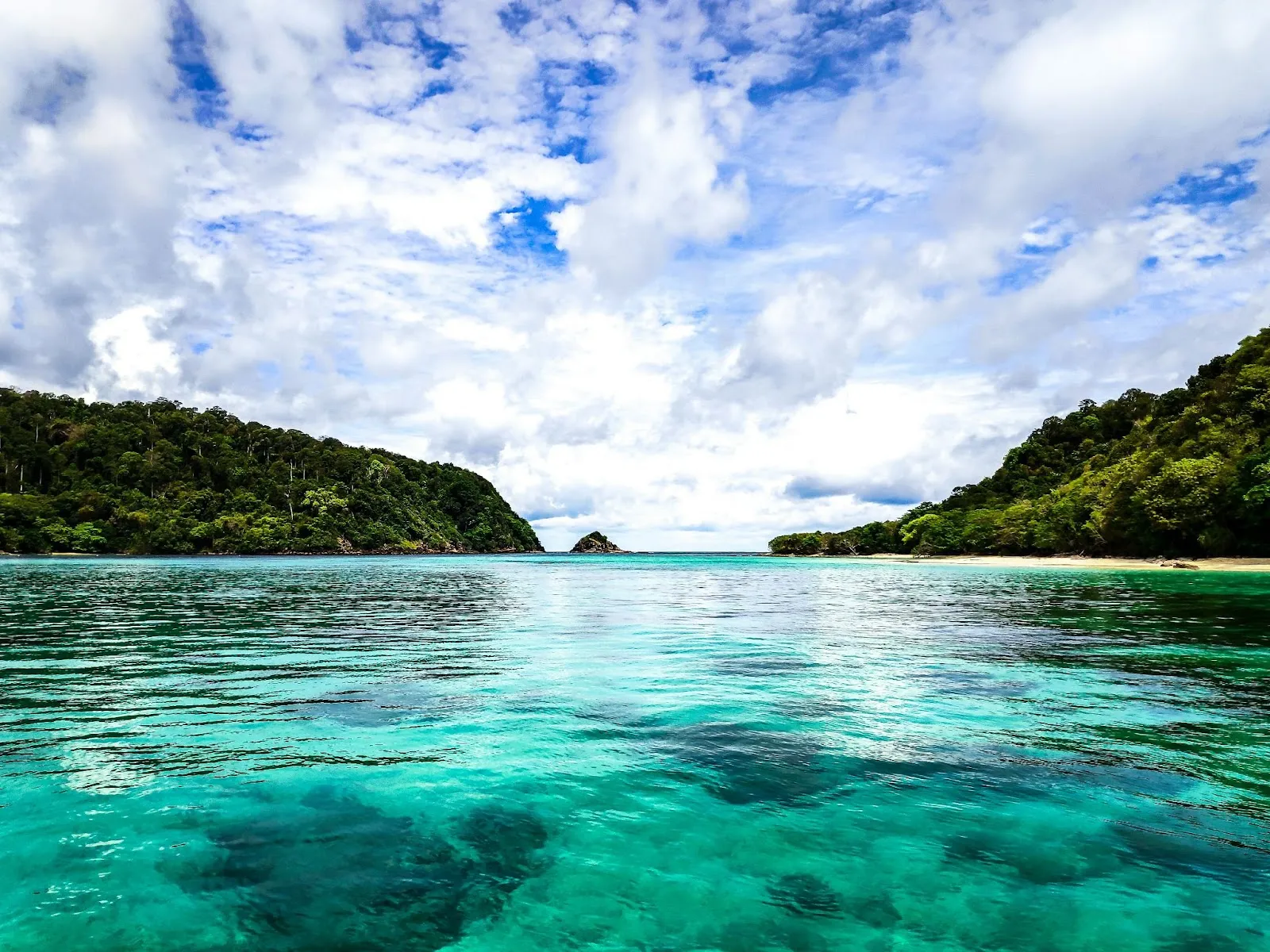
The weather in Koh Lanta does not always follow a predictable pattern, but here’s what to expect each month:
| MONTH | WEATHER CONDITION |
| January | Ideal weather with Sunny skies, nice temperatures, and clear water |
| February | Ideal weather with Sunny skies, comfortable but warmer temps, and clear water |
| March | Hot weather with Sunny skies, warmer temps, and a calm sea with some plankton |
| April | Hot weather with the calm sea with plankton, and little rain at night. |
| May | Hot weather with the calm sea with plankton, and little rain at night. |
| June | Monsoon season begins. Stronger winds, some rain, and rougher waves are forecast. |
| July | Windy and sunny with rain. Many businesses are closed for the season. |
| August | Windy and sunny with rain. Many businesses are closed for the season. |
| September | Storms and heavy rain; many establishments closed for the season |
| October | Windy with a chance of rain. In the middle of the month, there is an improvement. |
| November | The conclusion of the Monsoon brings pleasant weather and temperatures. |
| December | is ideal weather, with Sunny skies, calm waters, and little wind. |
Koh Lanta’s High Season
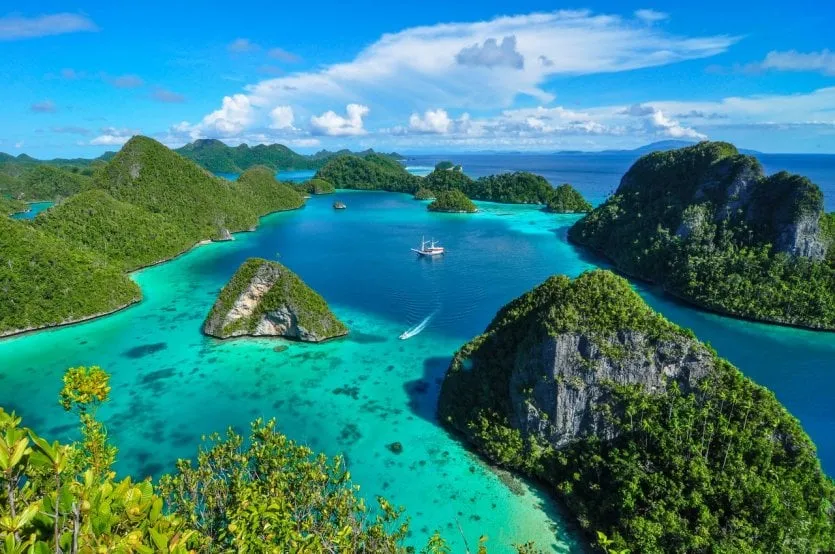
November to April is the driest and busiest month in Koh Lanta. Meanwhile, December, January, and February have the best weather in the year.
Average temperatures in November and December are moderate in the 25s but quickly rise to a sweltering 40 degrees Celcius or more in late April. Fortunately, a continual wind will keep you cool as long as you stay near the sea.
Despite the frequently excellent high-season weather, we occasionally get localized afternoon thunderstorms, with winds becoming stronger or changing direction for brief durations.
You may need to adjust your diving trip itineraries during periods of heavier winds, which can occasionally last a few days. What a bummer, right?
However, you can enjoy staying in a bungalow or resort in lovely spots, depending on the season.
Koh Lanta’s Low Seasons
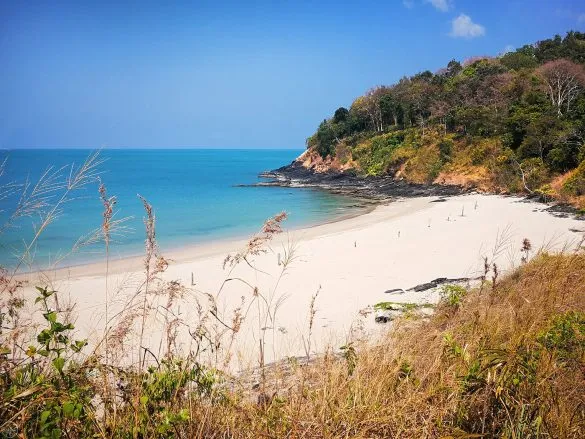
Traditionally, the wettest months are June and September.
From June to the end of September, westerly monsoon winds from the Indian Ocean bring spells of rain and the occasional storm. Still, Koh Lanta can also experience long periods of sunshine and calm seas during summer.
Unfortunately, the monsoon winds that govern the weather in Koh Lanta do not change direction on schedule every year.
This means the rainy season may begin in June, with a break for several months of great weather, and then resume at the start of the ‘high season,’ lasting well into January.
Apart from having the beaches to yourself, the most extraordinary thing about visiting Koh Lanta during the low season is the significantly lower prices for lodging and activities. You’ll find the few remaining lodging options prepared to haggle rates and give in extras like room upgrades.
The cheapskate in me is very happy during this season. I get to enjoy the best of Koh Lanta without paying full-priced rates and with fewer crowds, too.
Travel or tourist services, such as motorbike rentals, help people explore the island’s remaining attractions, but they are heavily reduced.
Be cautious: after heavy rains, the roads on the island frequently flood with standing water.
Koh Lanta’s Peak Seasons And Tourist Seasons

| MONTHS | TOURISTS | SEASONS |
| January and December | The largest number of tourists visiting | Peak season in Koh Lanta |
| February, March, and November | High number of tourists visiting | High season in Koh Lanta |
| April, July, August, and October | Months with low numbers of tourists | Low season in Koh Lanta |
| May, June and September | Months with the lowest number of tourists | Lowest season in Koh Lanta |
Koh Lanta’s Water Temperature
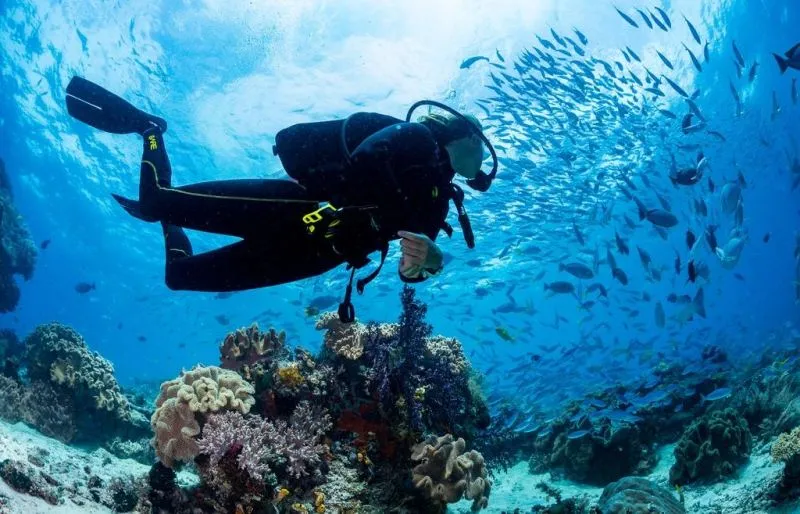
The colder months are typically November, December, and January, with March and April being the hottest and most humid.
The seawater temperature at most dive locations throughout the year ranges between 28 and 31 degrees Celcius.
Thermoclines can occasionally drift by, producing a ‘chilly’ 26 – 27 degrees Celsius underwater for a few minutes. Less common marine life species can sometimes be found in more relaxed water bodies.
Wind And Humidity
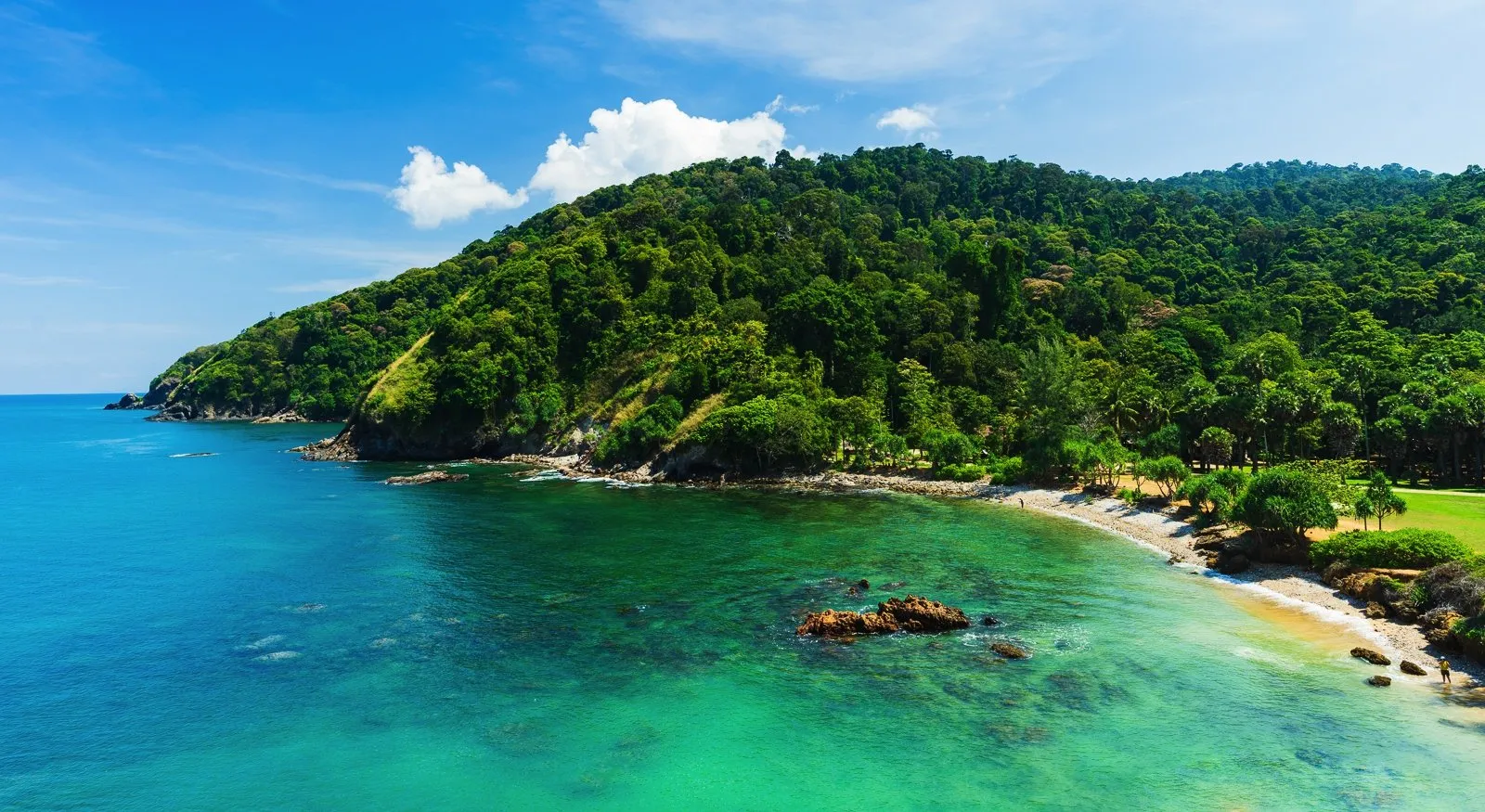
The wind on Koh Lanta is often quiet. September is the windiest month, followed by August and July. The average wind speed in September is around 7.3 knots (8.5 MPH or 13.6 KPH), called “a light breeze.”
Maximum sustained winds peak in early to mid-July, with average top sustained speeds reaching 14.8 knots, which is considered a mild breeze.
Koh Lanta has some extremely humid months and above-average humidity all year. February has the lowest relative humidity (65%), while October has the highest (79%).
Diving Season
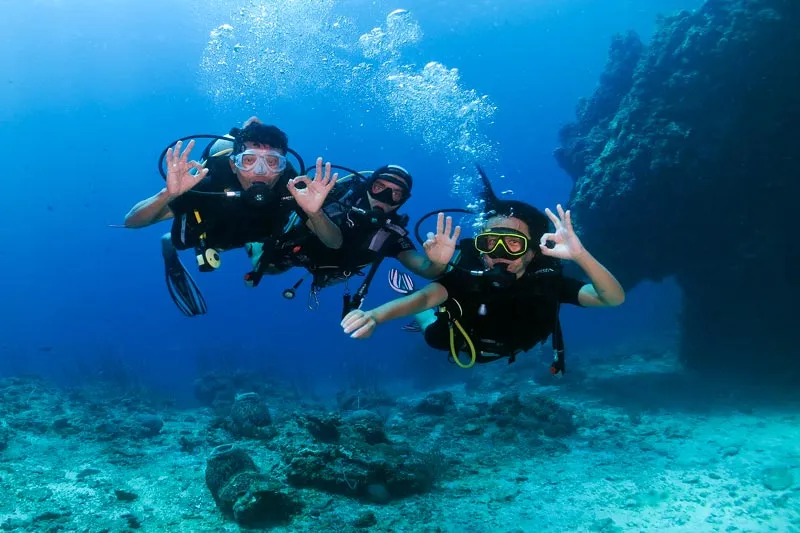
Conditions vary throughout the year, with the best months being October to early May.
However, the weather can be unpredictable at any time, and during the high-season months, we occasionally experience a few days of bad weather.
Still, it rarely happens.
Low-season diving is feasible, with the optimum conditions expected between early July and late August.
Final Thoughts: Best Time to Visit Koh Lanta
As we come to the end of our in-depth analysis of the best time of year to visit Koh Lanta, it’s evident that Koh Lanta offers a piece of paradise that suits all kinds of digital nomads. Whether you’re looking for the ideal beach getaway, an exciting dive into the underwater world, or a tranquil getaway from the busy crowds.
One can take in Koh Lanta’s splendor during January through March’s bright, sunny months. However, the peaceful, less congested times of late April to June and September to November are equally fantastic, in my opinion, as a cheapskate nomad.
The guide emphasizes that while Koh Lanta is a destination with a tropical charm year-round, mid-December to early March stands out as the prime time to experience the island in all its glory.
So, whether you’re planning to bask in the sun on its pristine beaches, explore the vibrant underwater life, or soak in the serene beauty and cultural richness of Koh Lanta, timing your visit during these recommended periods will ensure you have the most memorable and enjoyable experience possible.
FAQs
Mid-December to early March is the best time to visit Koh Lanta because of the warm weather and good sea conditions for swimming and beach sports.
November through April is Koh Lanta’s busiest travel month. January and December usually see the most visitors because of the pleasant weather.
You can travel to Koh Lanta during the rainy season, May through October. Although the winds and rain showers are more significant, they are usually brief, and the island can still provide a peaceful experience with fewer visitors.
If you want fewer crowds, consider visiting Koh Lanta during off-peak times, especially from April to June and then from September to November. Be ready, though, for erratic weather and sporadic downpours.
The seas are clear and tranquil from November to April. Still, during the rainy season, especially from May to October, they get rougher with strong winds and larger waves.








